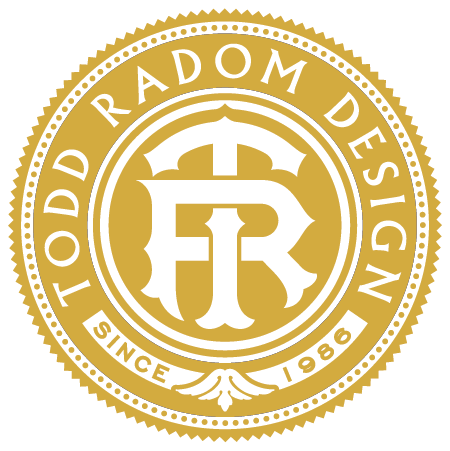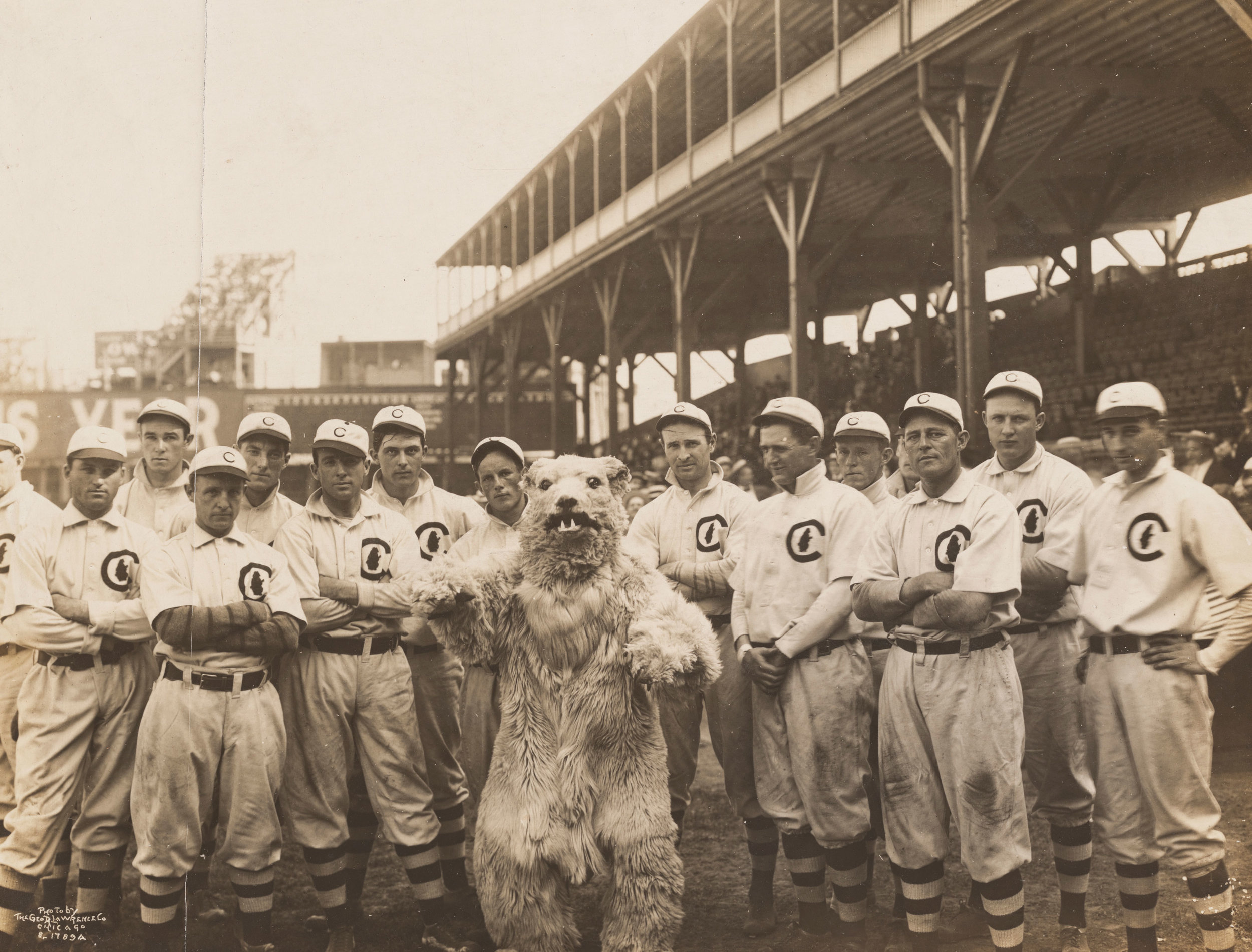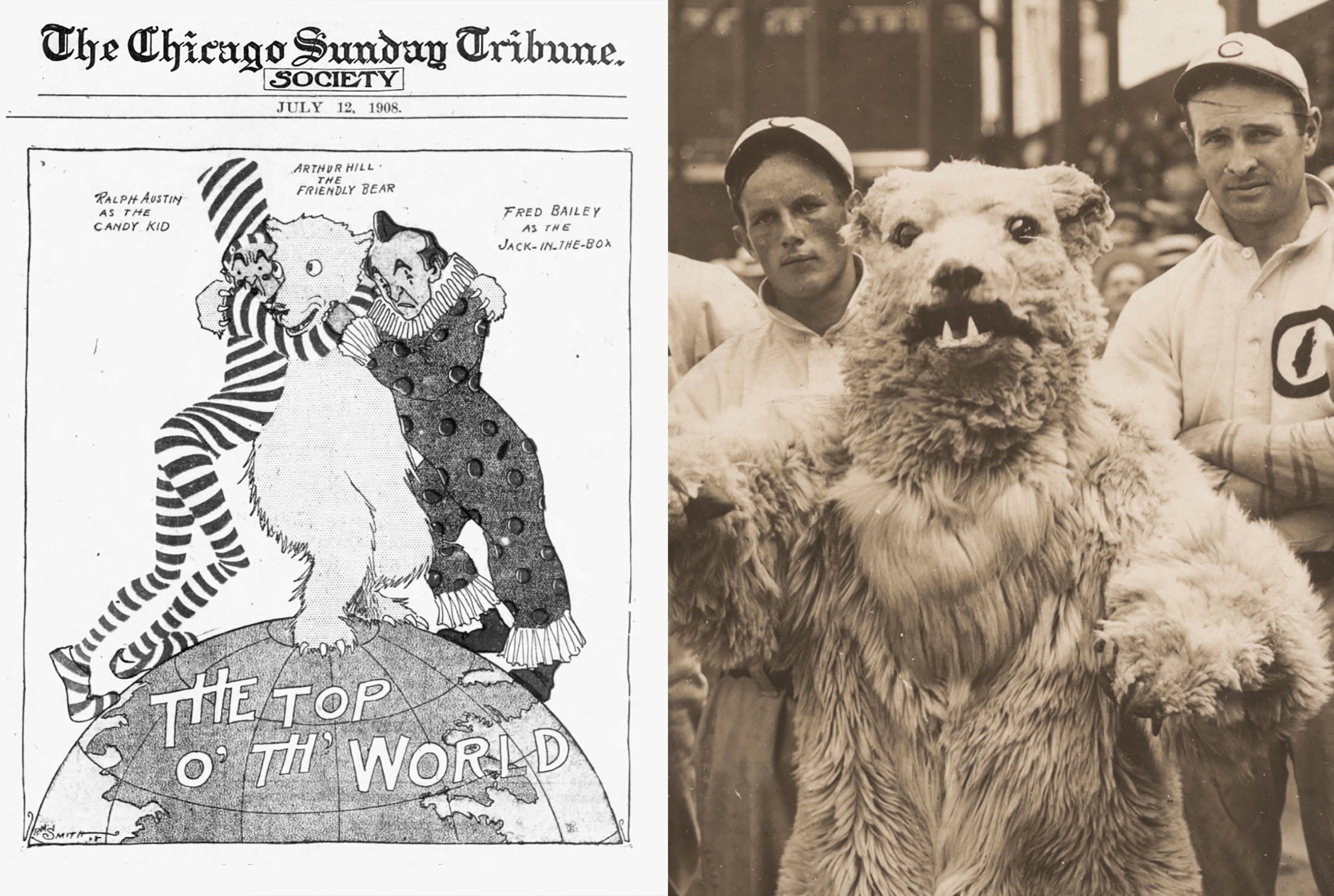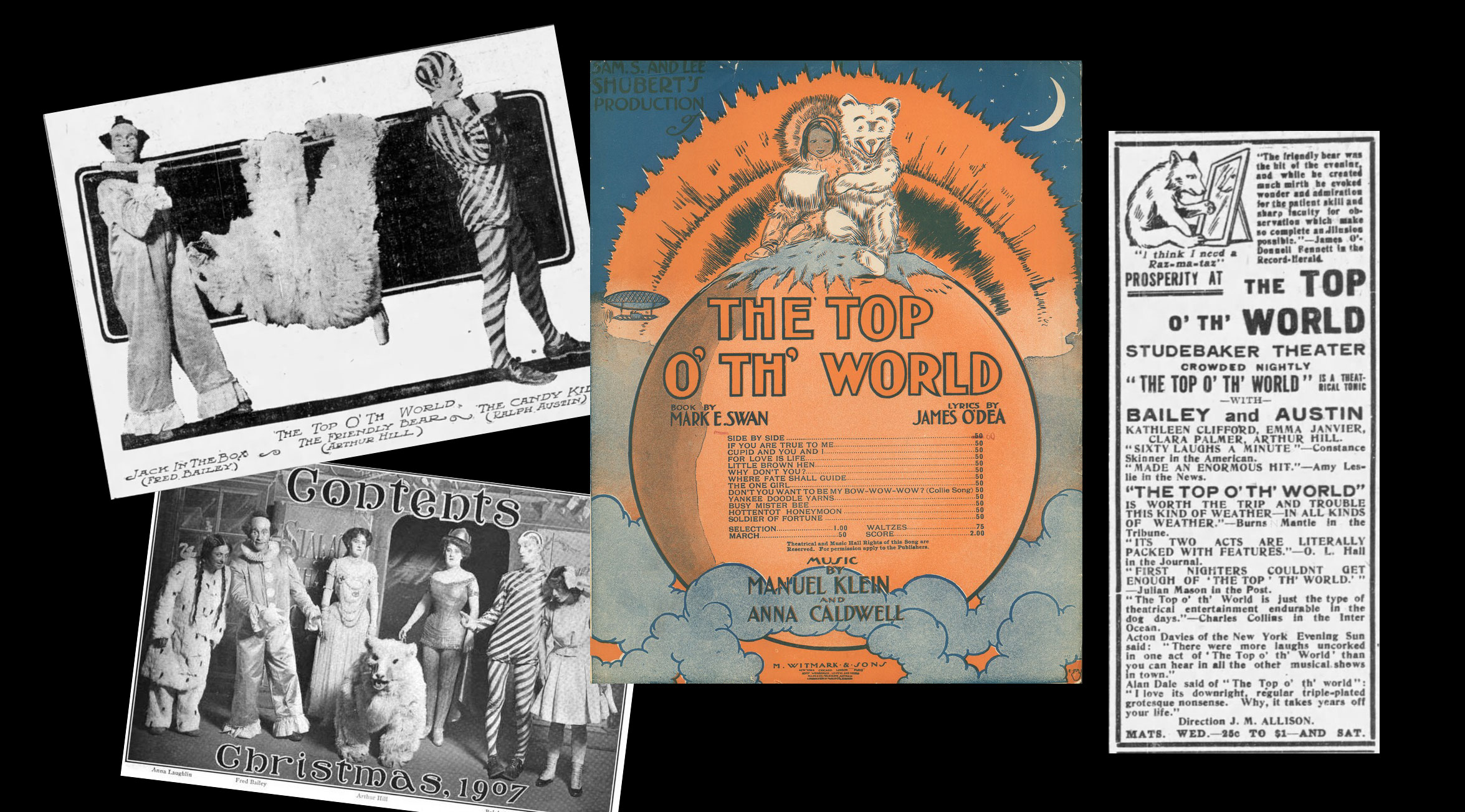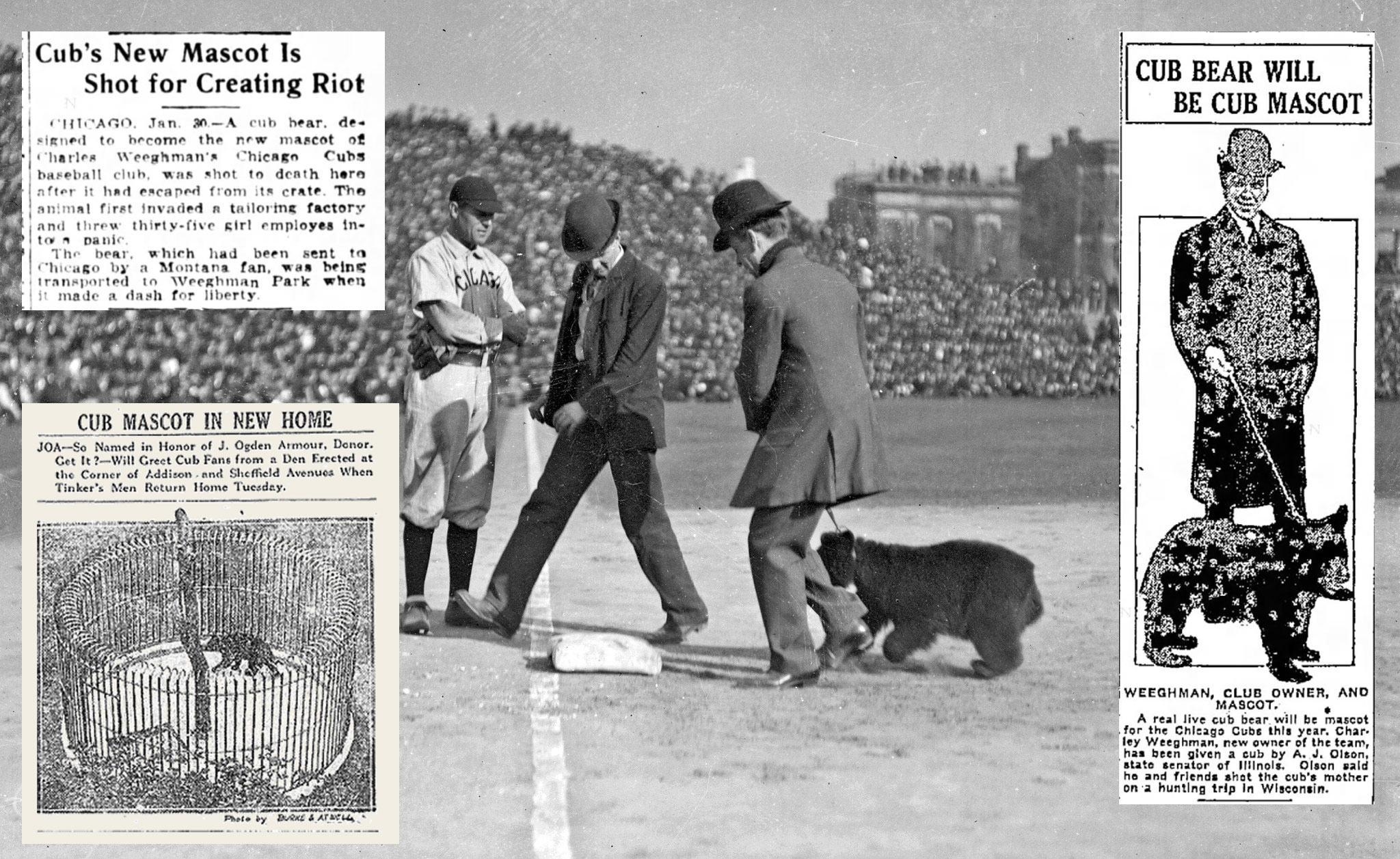The Story Behind the Chicago Cubs' Nightmare-Inducing Bear Mascot of 1908
OK, so this is not necessarily about design, but it is (tangentially) about sports marketing and that most enduring of sports marketing tools—the time-honored and often weird team mascot.
Behold this image, for once you have seen it you will not soon forget it. It has made the rounds before, and was most recently catapulted into the public imagination during the Chicago Cubs' historic run to the 2016 World Series championship. Deadspin has described the character at center as a "terrifying squirrelbeast." Sports Illustrated wrote that it would "haunt your nightmares." And, while all of that might well be true, the designation of this as a depiction of the 1908 Cubs and their "mascot" is most assuredly not so.
I knew that there had to be a story behind this memorable image, so I did a deep dive into the research pool, and what I found was both fun and interesting.
The photo was taken on July 10, 1908. The Cubs hosted the Philadelphia Phillies at Chicago's West Side Park that afternoon and won the game 3 to 2 in 11 innings. The game might have been a thrilling one, but a pregame photo op is what remains embedded in our imaginations 110 years later.
The identity of the bear—or, more accurately, the identity of man in the bear suit—is lost to time, but whoever was in there was the understudy to one Arthur Hill (1875–1932,) a famed British "animal impersonator" whose credits include the role of the Cowardly Lion in the original 1902 stage production of "The Wizard of Oz." Over the course of his career Hill played a cat, a dog, a wolf, and, in the summer of 1908 he was busy drawing rave reviews as the "friendly bear" in the play "The Top o' th' World," then in production at Chicago's Studebaker Theatre.
The Chicago Tribune made mention of the meeting in the paper the following day, under the subhead "How About the Bear?"
When you stop to consider the climate and the extra innings, the contents of the bear had the time of his life. Said contents belonged to the understudy of the star contents of the bear in the show. For two hours the understudy sat in the heavy hide fanning himself through the mouth, which opened by pulling a string. The unfortunate contents was lucky to keep his nose cool, and nature does that much for the real bear.
Temperatures topped out at 88º that afternoon, so we can only imagine what things felt like inside that bear suit. We can imagine that Hill didn't regret missing the appearance.
After the Cubs walked it off in the eleventh the bear-man "hopped out upon the emerald award—i.e.: ball yard, to do a bit of capering in the manner of polar bears released from captivity in a box full of chorus ladies."
"The Top o' th' World" was a smash hit. It played at the Studebaker Theatre until September 26, 1908—then it moved on to Racine, Wisconsin. That day the Cubs were busy sweeping a doubleheader from Brooklyn. Less than three weeks later the Cubs won their second consecutive World Series.
The franchise had several real bear mascots in the early years of the twentieth century, including one that met a tragic ending in January 1916. This bear was replaced by "Joa," named for meatpacking mogul J. Ogden Armour. Joa lived in a cage at the corner of Addison and Sheffield and was eventually sold to the Lincoln Park Zoo for $20. Actual bears can be scary, but not nearly as scary as the Cubs' faux ursine visitor of July 1908.
